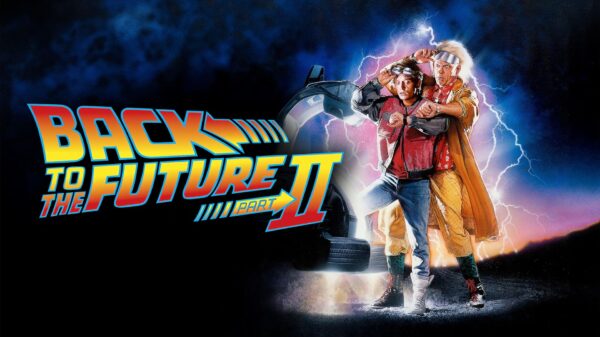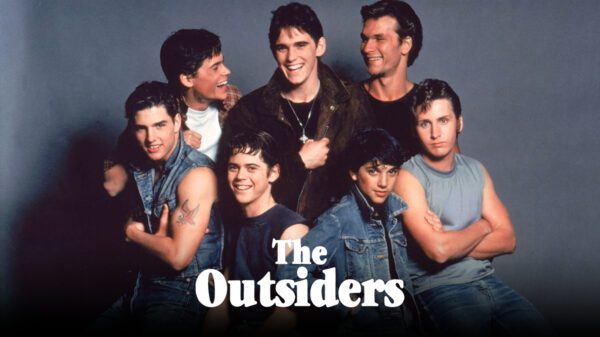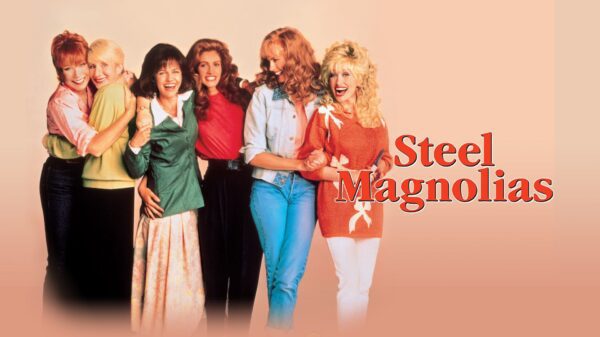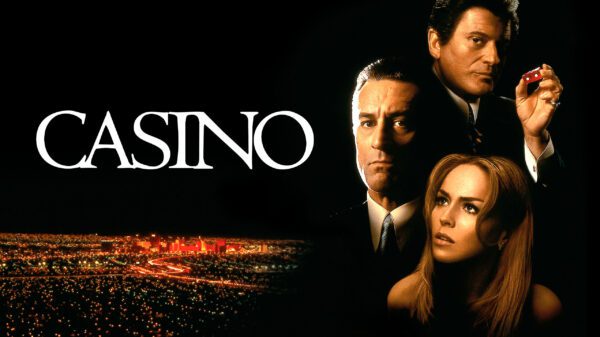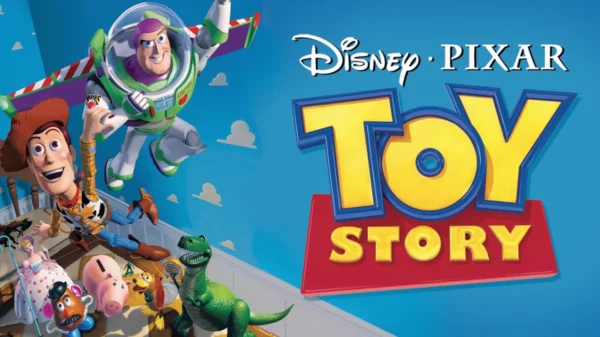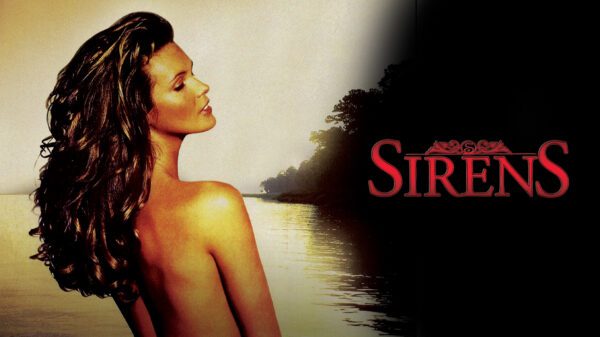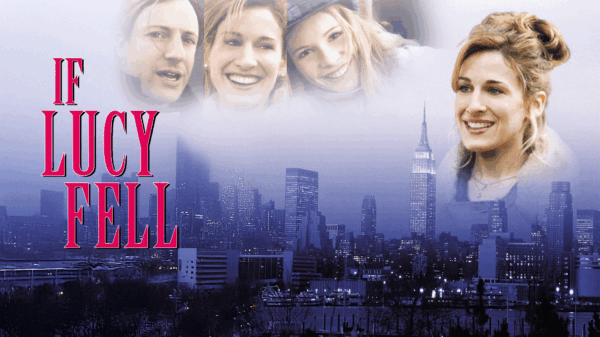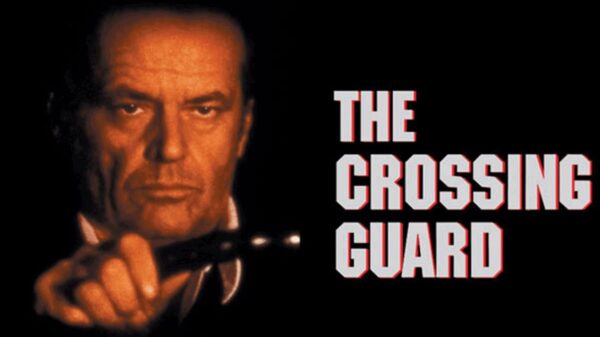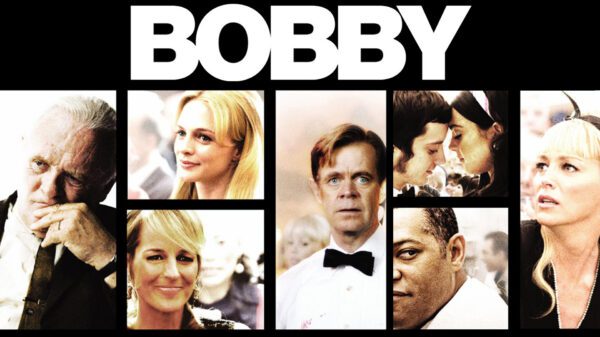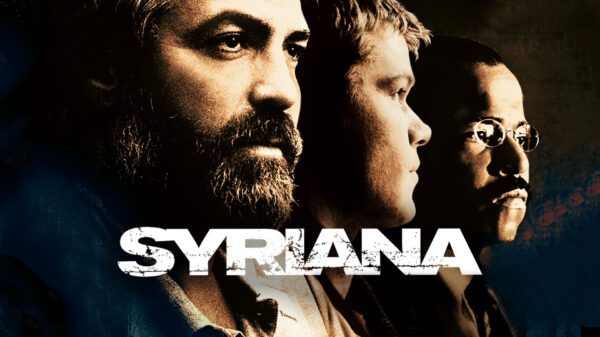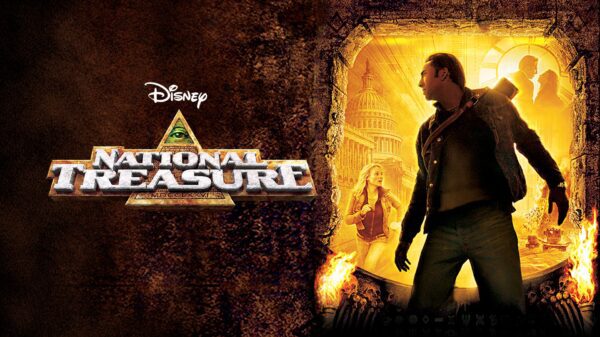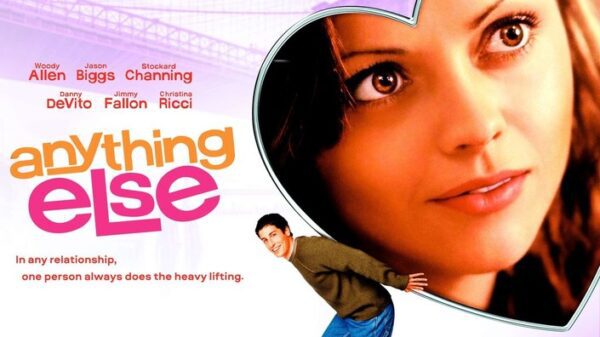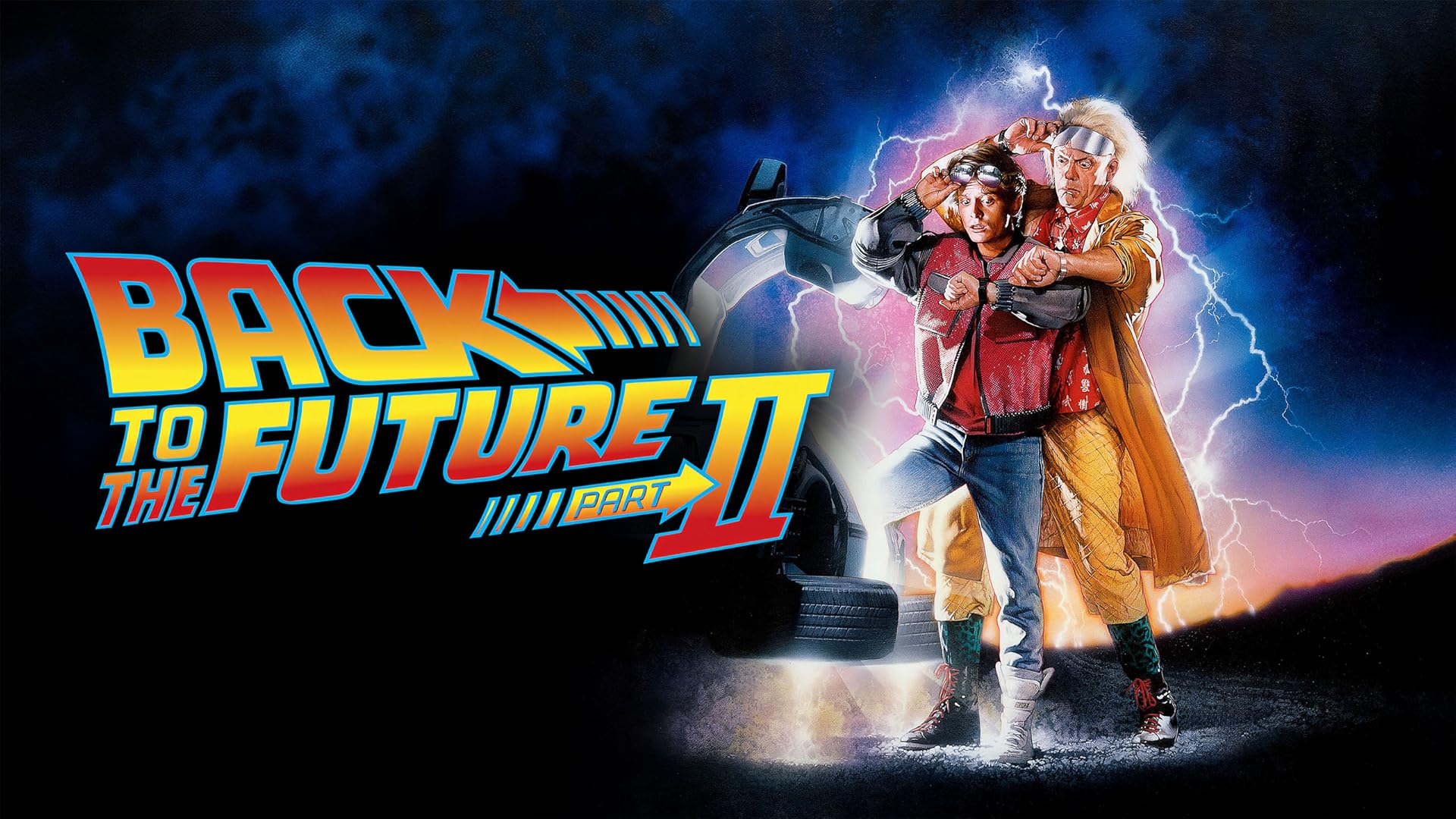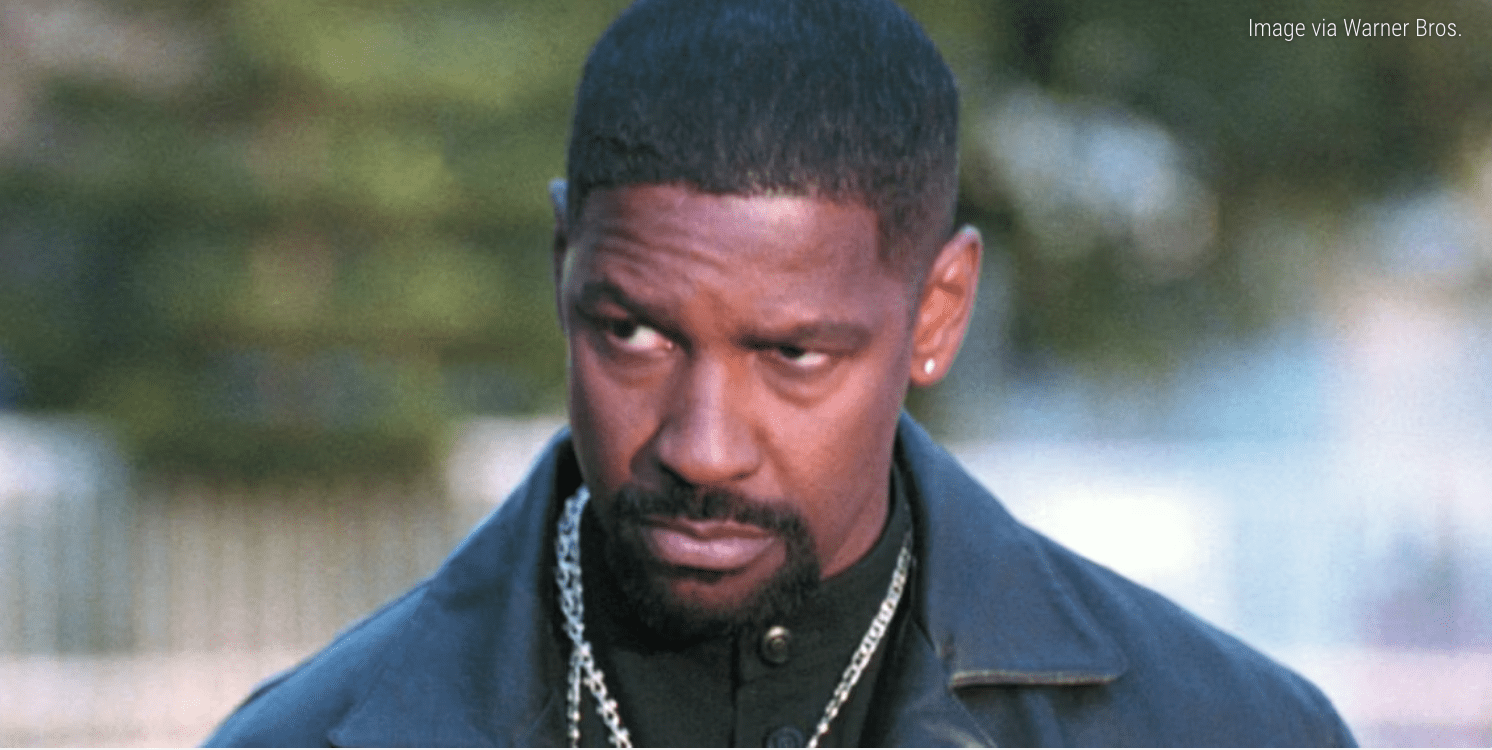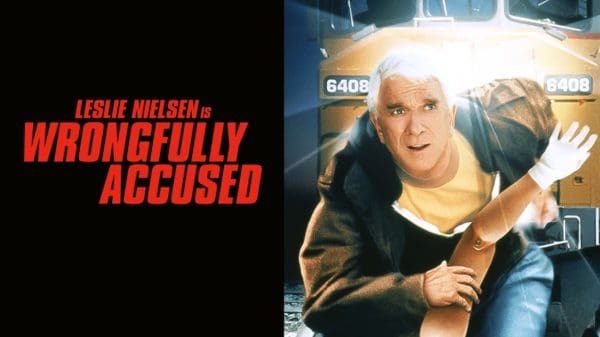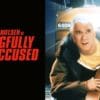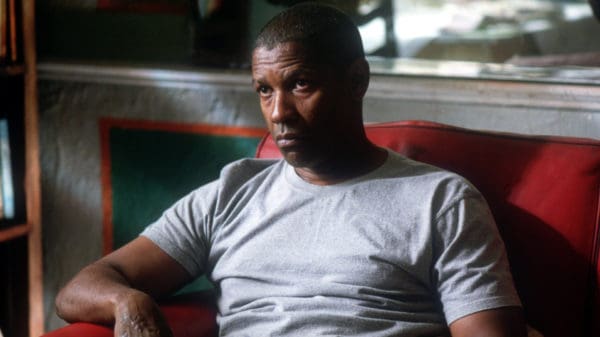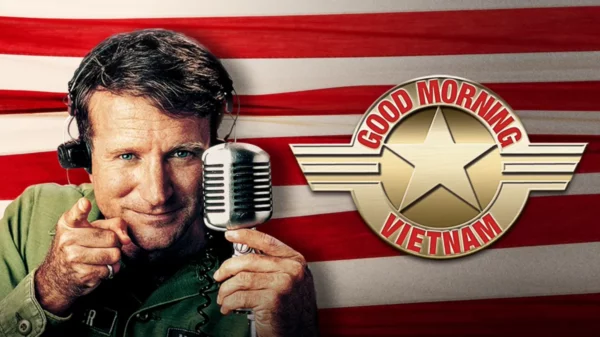Back to the Future Part II, released in theaters on Nov. 22, 1989, bravely expands the timeline and thematic scope of the original blockbuster, creating a dazzling and often dizzying adventure through time. Director Robert Zemeckis and writer Bob Gale craft a sequel that is less about simple history and more about the chaotic, cascading effects of temporal paradoxes.
The story picks up immediately where the first film ended. Marty McFly (Michael J. Fox) and Dr. Emmett Brown (Christopher Lloyd) must instantly travel to the far-off future of 2015 to prevent Marty’s future son from committing a major mistake that will ruin the entire McFly family line.
Their mission is complicated when Biff Tannen (Thomas F. Wilson), the film’s perpetual antagonist, steals the DeLorean time machine and a seemingly innocuous item—a sports almanac—and uses it to enrich his past self, drastically altering the present in ways the travelers could never have imagined.
Marty and Doc return to a terrifying alternate 1985—a dark, corrupted version of their reality where Biff is rich, powerful, and controlling, and Marty’s mother, Lorraine (Lea Thompson), is married to him.
To fix this disastrous timeline, they must embark on a perilous journey back to 1955 (the setting of the first film) to retrieve the almanac from the past Biff without alerting their younger 1955 selves.
This complex layer of self-reference and overlapping events forms the core thrill of the film.
Elisabeth Shue (replacing Claudia Wells from the original) steps in as Jennifer Parker, Marty’s girlfriend, who becomes accidentally involved in the time travel chaos, while appearances by James Tolkan, Billy Zane, Casey Siemaszko, and Joe Flaherty help flesh out the various, distorted versions of Hill Valley.
Jason Scott Lee, J.J. Cohen and Elijah Wood also appear in the film.
This film followed Back to the Future (1985) and was followed by Back to the Future Part III in 1990.
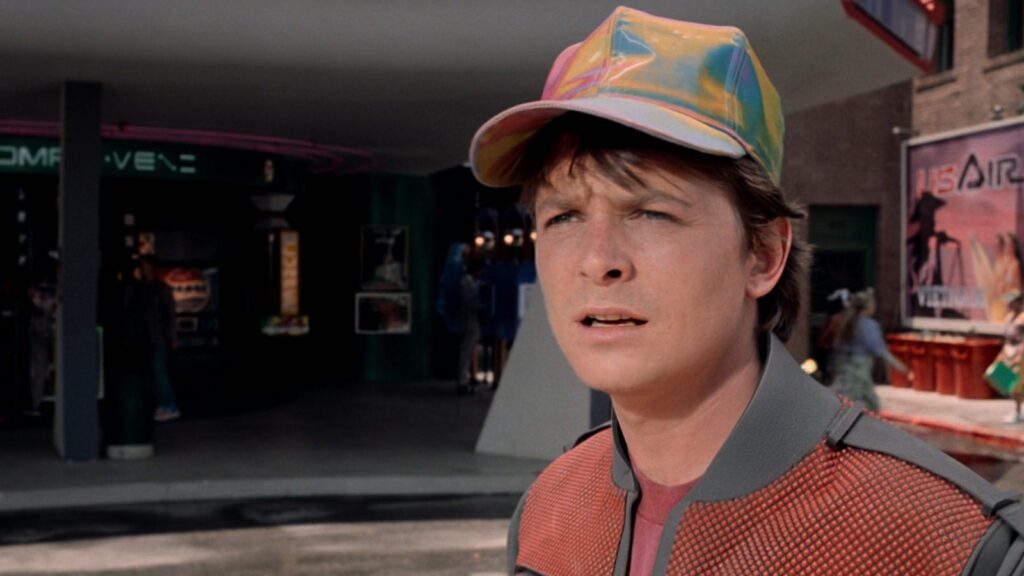
Michael J. Fox in Back to the Future Part II (Photo/Universal Pictures)
Reception for Back to the Future Part II
Back to the Future Part II grossed $43 million on its opening weekend, finishing No. 1 at the box office, topping Harlem Nights, which earned $11.1 million on its second weekend.
The $43 million across the five-day holiday opening broke the previous Thanksgiving record set by Rocky IV in 1985.
The film would remain atop the box office for its first four weeks and in the top 10 for its initial 11 weeks en route to grossing $332.9 million worldwide.
Roger Ebert gave the film three out of four stars in his review.
Legacy
The legacy of Back to the Future Part II is twofold. First, it is celebrated for its inventive and often accurate predictions of future technology (hoverboards and smart homes, for instance). Second, and more importantly, it established a highly complex, high-stakes model for blockbuster sequels, demanding that audiences follow multiple converging timelines and self-contained paradoxes.
It is a thrilling, intelligent cinematic puzzle that successfully bridges the gap between the original and the concluding chapter of the trilogy.

